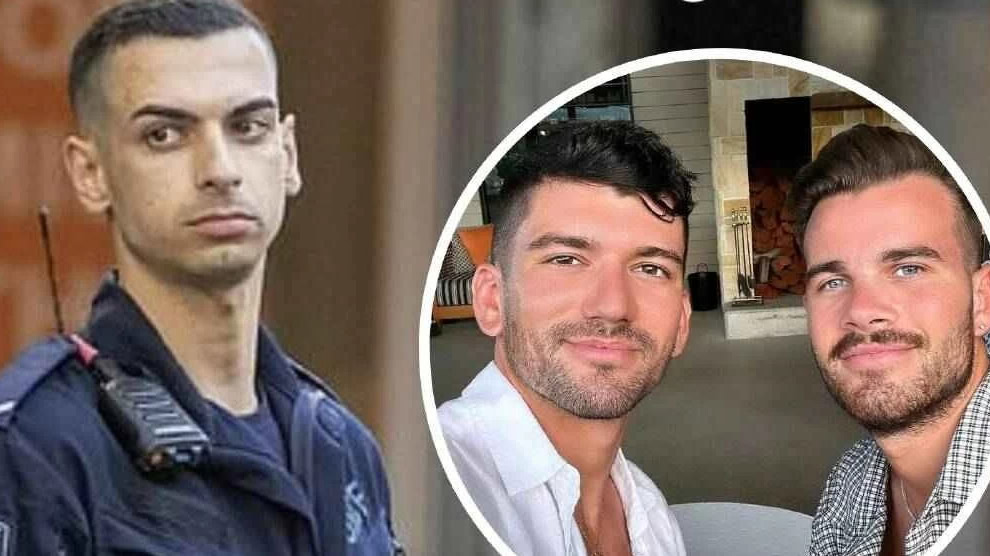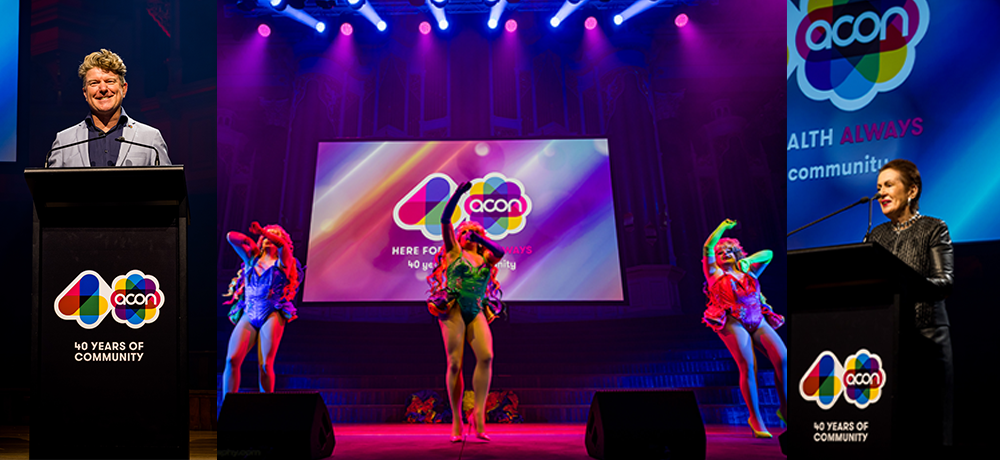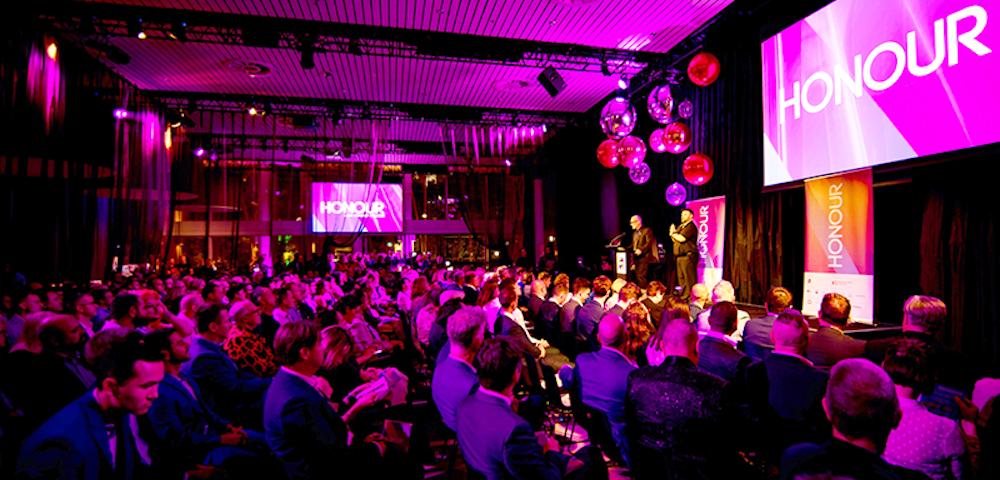
Manila magic
Mention Manila and dubious images like Imelda Marcos’s closets full of shoes come to mind. Visit Manila and be pleasantly surprised by a world-class entertainment scene and the Filipino peoples’ happy and hedonistic approach to life -“ not to mention hospitality that stands in a class all its own.
When all is said and done, you may be hard pressed to find a friendlier, more fun-loving, and as food-obsessed a tropical destination.
The capital city of the Philippines isn’t your average Asian metropolis. Gateway to some of the world’s best beaches and diving reefs scattered over 7,000-plus islands, Manila is an easy destination to reach from Sydney. Many first-timers are surprised at how prevalent English is in everyday life thanks to 50 years of American colonial rule after the Philip-pines was won, along with Puerto Rico and Cuba, at the end of the Spanish-American War.
Another surprise: Manila is predominantly Christian because of 300 years under the Spaniards. Churches abound, as do hundreds of saints’ statues. There’s also a cardinal named Sin. Despite Catholic dictum, Manila is known for its tourist-trade sex venues and tolerance towards homosexuality -“ which is legal.
The main areas of interest can be found south of the snaking Pasig River. The old Spanish town of Intramuros (meaning within the walls) has a concentration of historic buildings and museums including San Agustin Church and Manila Cathedral (check out the colourful weddings especially on weekends) and was once protected by a moat-turned-golf course. Next to Intramuros is Fort Santiago, home to displays of artillery, old presidential cars, and items that once belonged to Jose Rizal, the national hero executed by the Spaniards just south of Intramuros in Luneta Park. Here you can wander the exquisite Chinese and Japanese gardens as well as visit a monument to Dr Rizal. Within walking distance is Manila Bay, which opens into the South China Sea and, with the aid of pollution particles, puts on some of the most spectacular sunsets. Best cocktail views are poolside at the Philippine Plaza Hotel or the historic Manila Hotel, command central for General Macarthur. Another site worth visiting is the Chinese cemetery often featured in Believe It Or Not for its mausoleums -“ which are often mistaken for mansions.
The gay nightlife is centred primarily in the Erm-ita/Malate tourist belt, and its epicentre, Remedios Circle. The area is enjoying a renaissance since the early 1990s when the mayor tried to crack down on corruption and prostitution and ordered several bars and nightclubs closed. Start out at the Library, Joy, or Mr Piggy’s, three of the better-known bars all within walking distance of each other. The staff and patrons are very welcoming of visitors and will fill you in on the latest hotspots around the neighbourhood. In Makati, the financial centre, there is Giraffe, a trendy dance club next to Star-bucks, as well as Zu, in the basement of the Shangri-La Hotel, both catering to an upper-scale, mixed crowd.
For dinner you can try one of the many excellent restaurants in the area featuring everything from Spanish and Italian to Korean and Japanese cuisine. Not to be missed: a true Filipino smorgasbord at The Aristocrat or Barrio Fiesta including lechon (suckling pig), bangus (lightly-grilled, stuffed and baked milkfish), kare-kare (oxtail stew with peanut sauce) and pancit cellophane noodles. Don’t forget desserts like leche flan and halo-halo, a mix of candied fruits, corn, ice cream, milk and crushed ice (Filipinos have the sweetest teeth). And just before you are ready to retire, try any of the late night caf?dotting Remedios Circle such as Caf?atina. Service can be variable at any of the above establishments but they are very reasonably priced and you will surely leave satiated or wanting to come back for more.
Manila is a shoppers paradise because of favourable exchange rates and simply the fact that things are much cheaper over here. Duty-free shopping is a national pastime. You can drop in during your first 48 hours in the country and actually take your purchases away with you. Divisoria is a colourful and lively bargain-hunting section on the western end of the Recto section offering everything under the sun, literally. Higher-end fashions and handicrafts can be found in Makati with its endless web of malls, restaurants and movie theatres.
You have your choice of four- and five-star hotels throughout the city. There are also several clean, cheap guesthouses listed with the Department of Tourism counter upon arrival at the airport or at its main office that happens to be in Ermita. But check out the discount offers of even the larger hotels. These can be just as surprising.
The hard facts remain. Manila can be overwhelming to the uninitiated. The traffic is legendary (yet taxis remain the best way to get around -“ cheap as long as the meter is on), poverty is a huge social issue, pickpockets are active in certain areas, and the sex trade tends to be associated with the sexual exploitation of the poor. But common sense and a knowledgeable concierge or host are all you need to enjoy the many gems within the city’s rough veneer. Note: for women, it is best to travel in pairs or groups.
The best time to visit is from now until New Year. The humidity is low, skies are clear and the crowds are festive (celebrating Christmas is a Filipino obsession and you won’t experience a noisier New Year’s elsewhere). And if there is one thing Manila knows how to do, it’s party. All you need to do is show up.
Â
Story reprinted courtesy of Qtmagazine.com.









